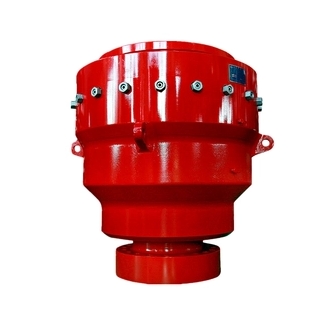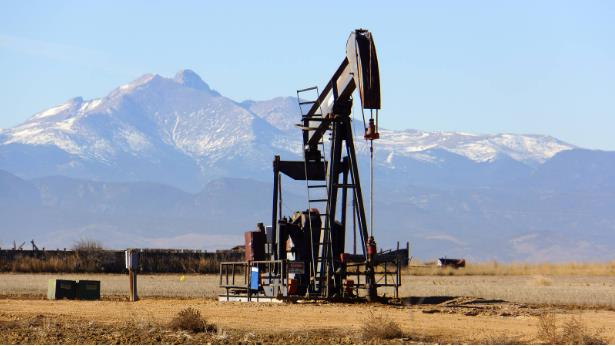Drilling operations in the oil and gas industry demand meticulous safety measures and precise control mechanisms to mitigate risks effectively. Among these critical safety components, the Annular Blowout Preventer (BOP) stands out as a fundamental safeguard in well control. This article explores the vthe versatile design and pivotal role of annular BOPs in ensuring the safety of personnel and the integrity of drilling operations.

What is an Annular Blowout Preventer?
An Annular Blowout Preventer (BOP) is a pivotal safety device employed in oil and gas drilling operations. It serves as a crucial barrier against uncontrolled fluid releases from a well. This specialized component comprises a circular, rubberized sealing element, often resembling a donut, which can be activated hydraulically to envelop the drill pipe or casing within the wellbore. During routine operations, the annular BOP remains open, allowing the drill string to move freely. However, in emergencies such as well control issues or blowouts, it swiftly closes, creating a seal to prevent the escape of fluids under high pressure. This flexibility in accommodating various pipe sizes and shapes makes the annular BOP a versatile safety measure.
Annular Blowout Preventer vs RAM Blowout Preventer:
An Annular BOP uses a flexible, donut-shaped rubber element that adapts to different pipe sizes, offering versatility in accommodating variable sizes and shapes within the wellbore. Conversely, a Ram BOP employs steel rams that move horizontally or vertically to seal the wellbore, providing a more rigid and direct closure around specific pipe sizes and types. While Annular BOPs excel in adaptability, enabling them to handle diverse pressure conditions and different pipe dimensions, Ram BOPs offer a more precise and robust closure for specific pipes.

Applications Across Industries:
Annular Blowout Preventers find applications across various industries such as automotive, aerospace, construction, manufacturing, oil and gas, marine/maritime, rail/transportation, and others. These applications range from securing critical components in vehicles and aircraft to ensuring the structural integrity of buildings and infrastructure projects.
Conclusion:
In summary, Annular Blowout Preventers play a pivotal role in preventing uncontrolled fluid releases during drilling operations. Their adaptable design accommodates various pipe sizes, ensuring versatile safety measures. Incorporating advanced drilling simulation tools allows drilling teams to master the operation of Annular BOPs in different scenarios, enhancing safety standards in drilling operations. Through simulations, personnel can refine their skills, ensuring efficient deployment of these critical safety devices for optimal well control and heightened safety standards in drilling operations.